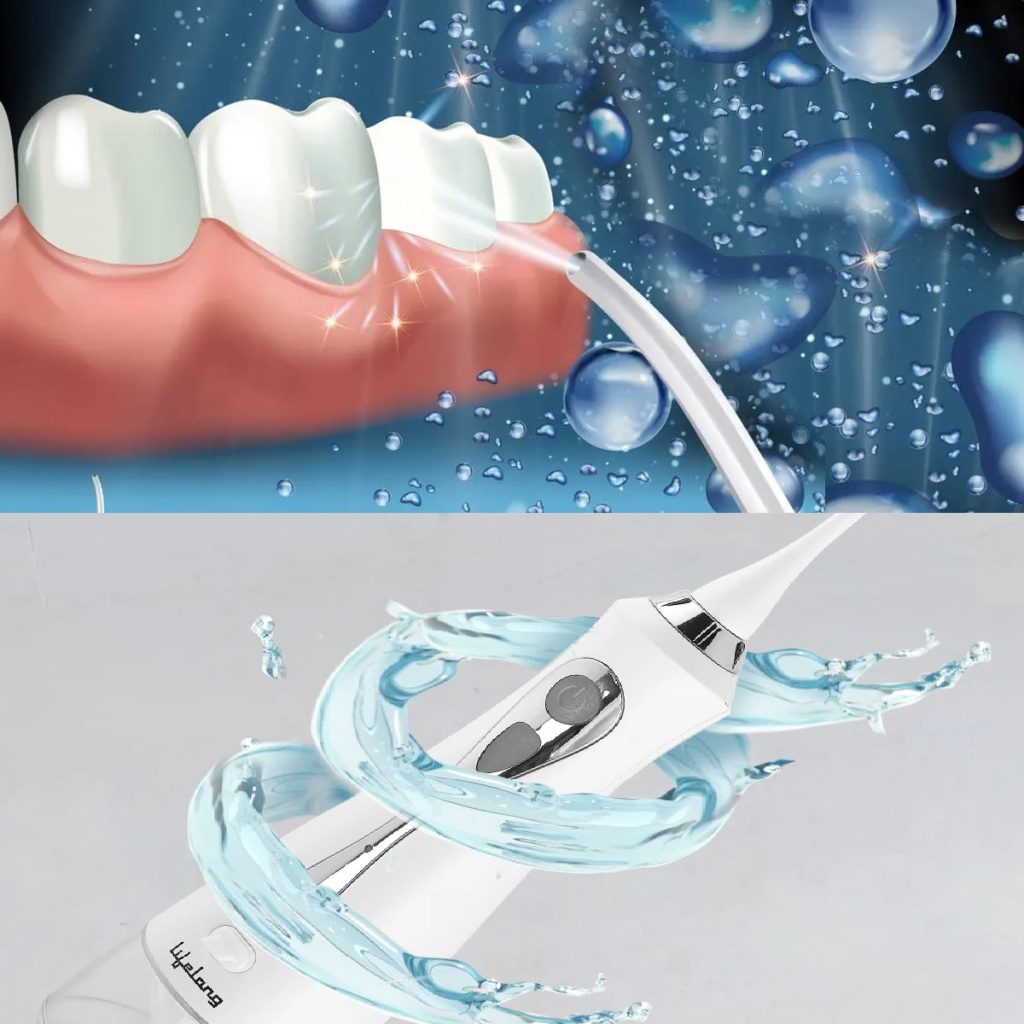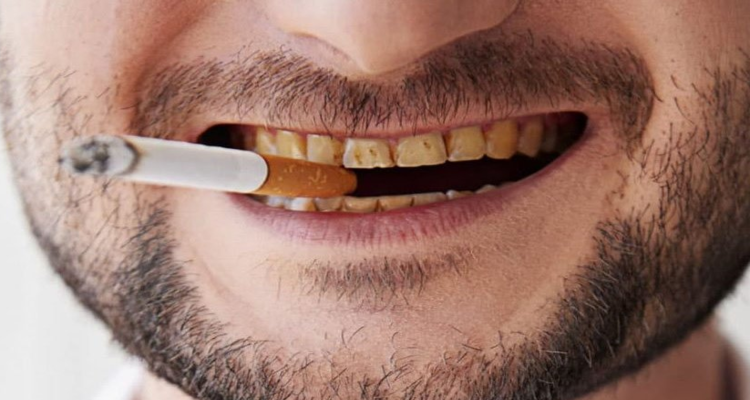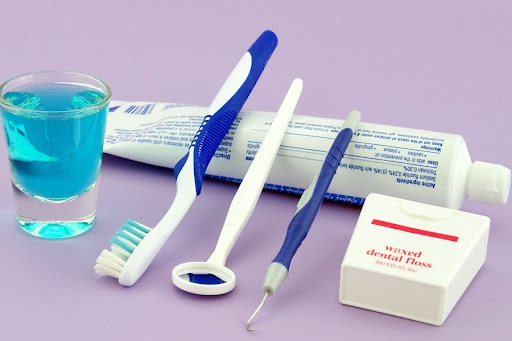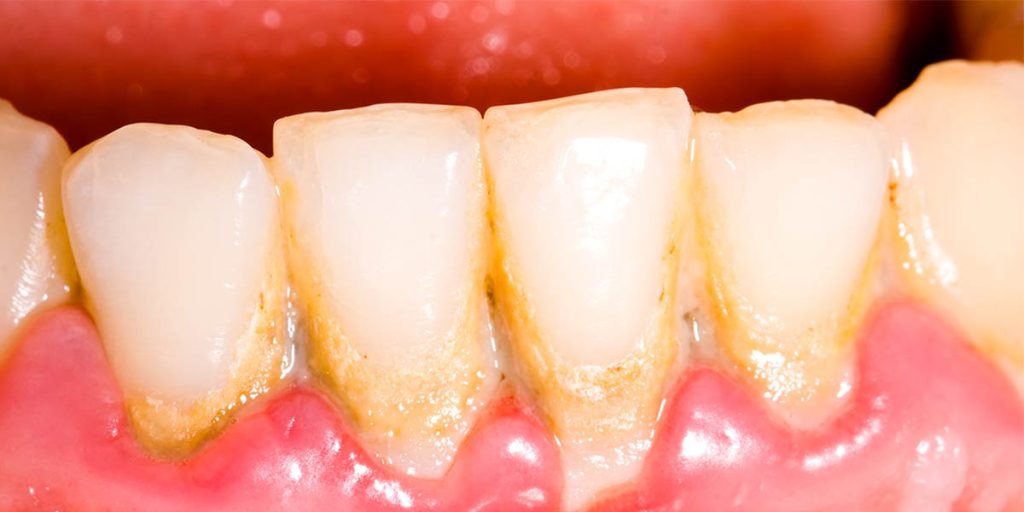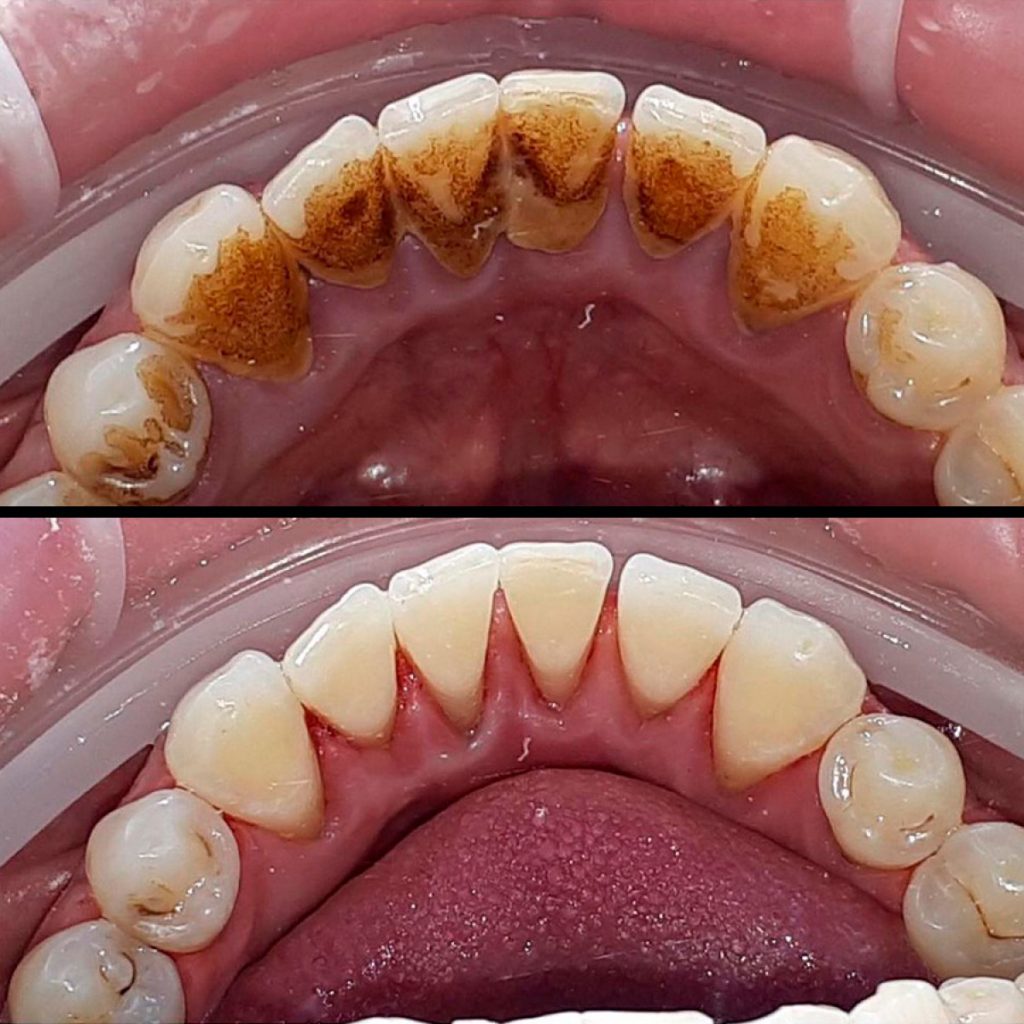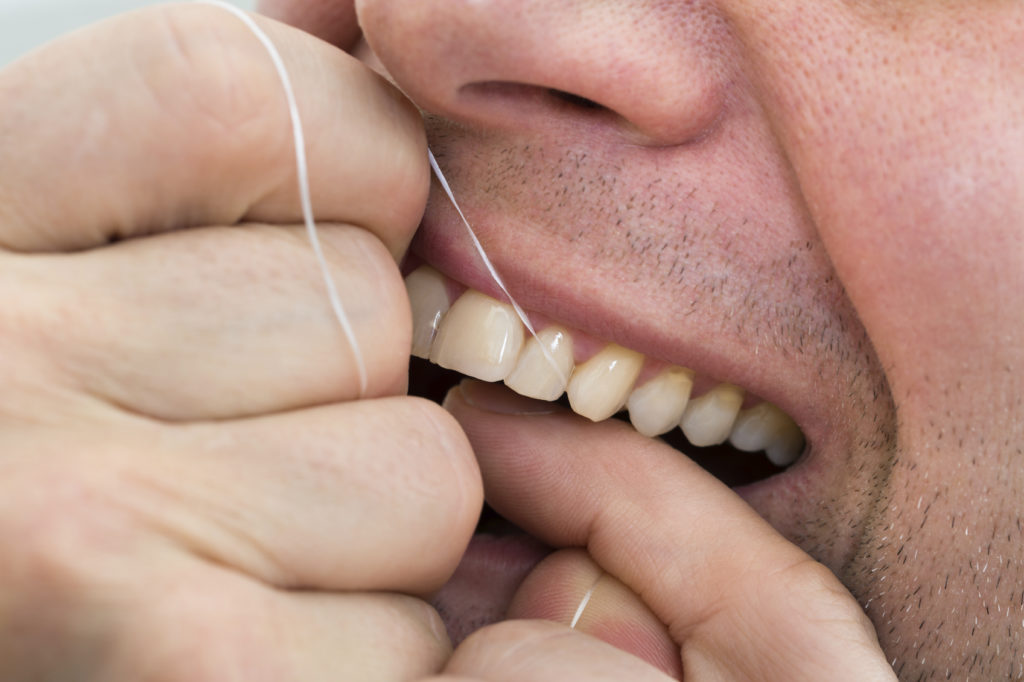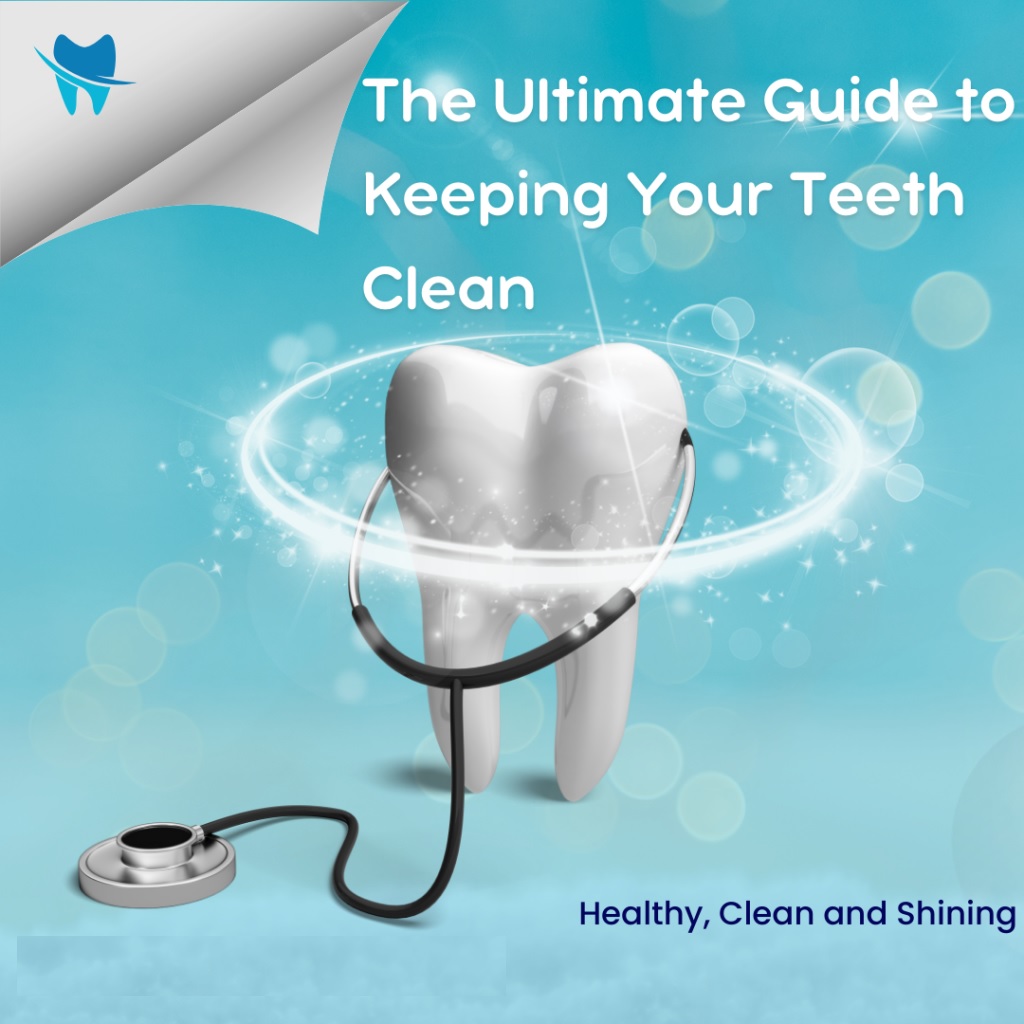Calcification on teeth

Calcification on teeth, commonly referred to as dental calculus or tartar, is a hardened deposit that forms on the teeth and gums. Unlike plaque, which is a soft and sticky biofilm of bacteria, tartar is a mineralized substance that adheres firmly to the teeth and can only be removed by dental professionals. Understanding calcification on teeth, its causes, effects, and preventive measures is essential for maintaining optimal oral health.
Understanding Calcification on Teeth
What is Calcification on Teeth?
Calcification on teeth occurs when dental plaque, a biofilm of bacteria, food particles, and saliva, is not adequately removed through regular brushing and flossing. Over time, the minerals in saliva, such as calcium and phosphate, cause the plaque to harden into tartar. This calcified material can form above the gumline (supragingival calculus) or below the gumline (subgingival calculus).
How Calcification Forms
- Plaque Formation: Plaque forms on the teeth when bacteria in the mouth combine with food particles and saliva. This sticky film adheres to the tooth surfaces and can harbor harmful bacteria.
- Mineralization: If plaque is not removed within 24 to 72 hours, the minerals in saliva begin to interact with it, leading to the hardening process known as calcification.
- Growth and Spread: Once tartar forms, it provides a rough surface that facilitates further plaque accumulation, leading to more extensive tartar buildup.
Causes and Risk Factors
Poor Oral Hygiene
The primary cause of calcification on teeth is inadequate oral hygiene. Failing to brush and floss regularly allows plaque to accumulate and harden into tartar.
Dietary Habits
A diet high in sugars and starches can contribute to plaque formation. These foods provide a food source for bacteria, promoting acid production and plaque buildup.
Smoking and Tobacco Use
Tobacco use is a significant risk factor for calcification on teeth. Smokers and tobacco users tend to have more tartar on their teeth than non-users, and the nicotine in tobacco can stain tartar, making it more noticeable.
Age
As people age, their risk of calcification on teeth increases. Older adults may experience changes in saliva production and oral health conditions that contribute to tartar buildup.
Medical Conditions
Certain medical conditions, such as dry mouth (xerostomia), diabetes, and hormonal changes during pregnancy, can increase the risk of tartar formation.
Symptoms and Complications
Symptoms of Calcification on Teeth
- Visible Deposits: Tartar appears as yellow or brown deposits on the teeth, especially along the gumline.
- Bad Breath: The bacteria in tartar can produce foul-smelling compounds, leading to persistent bad breath (halitosis).
- Gum Inflammation: Tartar can irritate the gums, causing redness, swelling, and bleeding, which are signs of gingivitis.
- Tooth Sensitivity: Tartar can expose the roots of the teeth, leading to sensitivity to hot, cold, or sweet foods and beverages.
Complications of Calcification on Teeth
- Gum Disease: Tartar contributes to the development of periodontal disease, including gingivitis and periodontitis. This can lead to gum recession, bone loss, and tooth loss.
- Cavities: The bacteria in tartar produce acids that can erode tooth enamel, leading to cavities.
- Systemic Health Issues: Poor oral health, including untreated tartar buildup, has been linked to systemic conditions such as cardiovascular disease and diabetes.
Prevention and Treatment
Preventive Measures
- Good Oral Hygiene: Brush your teeth at least twice a day with fluoride toothpaste and floss daily to remove plaque before it can harden into tartar.
- Regular Dental Visits: Schedule regular dental check-ups and cleanings. Dental professionals can remove tartar that has formed and help prevent new buildup.
- Dietary Choices: Limit sugary and starchy foods and beverages, and eat a balanced diet rich in fruits, vegetables, and whole grains.
- Avoid Tobacco: Refrain from smoking or using tobacco products to reduce the risk of tartar formation and other oral health issues.
- Use of Mouthwash: Incorporate an antiseptic mouthwash into your daily routine to help reduce plaque and bacteria.
- Chewing Sugar-Free Gum: Chewing sugar-free gum after meals can stimulate saliva production, which helps wash away food particles and reduce plaque buildup.
Professional Treatments
- Scaling and Root Planing: This deep cleaning procedure involves the removal of tartar from above and below the gumline. Scaling removes the tartar, while root planing smooths the root surfaces to prevent future buildup.
- Ultrasonic Cleanings: Ultrasonic instruments use high-frequency vibrations to break up tartar, making it easier to remove.
- Antibacterial Treatments: In cases of gum disease, your dentist may recommend antibacterial mouth rinses or gels to reduce bacteria and inflammation.
- Laser Therapy: Some dental practices use lasers to remove tartar and treat gum disease. This method can be less invasive and more precise than traditional tools.
Home Remedies and Myths
Effective Home Remedies
- Baking Soda: Brushing with a mixture of baking soda and water can help remove plaque and stains, but it should not be used as a substitute for professional cleaning.
- Hydrogen Peroxide: Rinsing with a diluted hydrogen peroxide solution can help reduce bacteria and whiten teeth.
- Apple Cider Vinegar: Some people use diluted apple cider vinegar as a mouth rinse to help reduce plaque and tartar buildup. However, its acidity can erode enamel if used excessively.
- Coconut Oil Pulling: Swishing coconut oil in your mouth for 15-20 minutes can help reduce bacteria and improve oral hygiene. While not a replacement for brushing and flossing, it can be a beneficial addition to your routine.
Myths About Calcification Removal
- Oil Pulling: Swishing oil in your mouth (oil pulling) is an ancient practice that some claim can remove tartar. However, there is limited scientific evidence to support its effectiveness.
- Vinegar: Rinsing with vinegar is often touted as a tartar remover, but its acidic nature can erode tooth enamel and harm your teeth.
- Lemon Juice: Similar to vinegar, lemon juice is acidic and can damage tooth enamel. It is not recommended as a tartar removal method.
- Charcoal Toothpaste: While activated charcoal toothpaste is popular for whitening, there is no evidence that it can remove tartar, and its abrasiveness can harm enamel.
The Importance of Professional Care
Role of Dental Professionals
Dental professionals are trained to identify and remove tartar safely and effectively. They use specialized instruments and techniques to ensure thorough cleaning and prevent damage to the teeth and gums.
Risks of DIY Tartar Removal
Attempting to remove tartar at home with sharp objects or abrasive substances can damage your teeth and gums, leading to increased sensitivity, enamel erosion, and infection. It is always best to seek professional care for tartar removal.
Long-Term Effects of Calcification on Teeth
Dental Health Implications
- Advanced Periodontal Disease: Untreated tartar can lead to severe periodontal disease, characterized by deep pockets of infection, gum recession, and significant bone loss. This can ultimately result in tooth mobility and loss.
- Chronic Inflammation: Persistent tartar can cause chronic inflammation of the gums, leading to persistent pain, discomfort, and difficulty eating.
- Abscess Formation: Tartar buildup can create pockets where bacteria thrive, potentially leading to painful abscesses that require surgical intervention.
Systemic Health Implications
- Cardiovascular Disease: There is a well-established link between periodontal disease and cardiovascular conditions. Bacteria from the mouth can enter the bloodstream, contributing to the development of heart disease and stroke.
- Diabetes: Periodontal disease can make it more difficult to control blood sugar levels, and individuals with diabetes are more susceptible to infections, including those caused by tartar buildup.
- Respiratory Infections: Inhaling bacteria from the mouth can lead to respiratory infections, particularly in individuals with compromised immune systems or chronic conditions like COPD.
- Pregnancy Complications: Pregnant women with periodontal disease are at higher risk for preterm birth and low birth weight babies. Good oral hygiene and regular dental care are crucial during pregnancy.
Innovations in Tartar Removal
Advances in Dental Technology
- Laser Dentistry: Laser technology is increasingly being used for tartar removal and periodontal treatment. Lasers can precisely target and remove tartar while minimizing damage to surrounding tissues. This method can be less invasive and more comfortable for patients compared to traditional tools.
- Air Polishing: Air polishing devices use a combination of air, water, and a fine powder to remove plaque and tartar. This technique is gentle on the teeth and gums and can be particularly effective for removing stains and biofilm.
- Piezoelectric Scalers: These ultrasonic scalers use piezoelectric vibrations to break up tartar deposits. They are known for their efficiency and patient comfort, as they generate less heat and noise than traditional ultrasonic scalers.
Future Trends in Oral Health
- Smart Toothbrushes: Smart toothbrushes equipped with sensors and connectivity features can track brushing habits and provide feedback to improve oral hygiene. Some models also have built-in timers and pressure sensors to ensure thorough and gentle cleaning.
- AI-Powered Oral Health Apps: Artificial intelligence (AI) is being integrated into oral health apps that can analyze photos of your teeth to detect early signs of tartar buildup and other dental issues. These apps can also offer personalized oral hygiene tips and reminders.
- Saliva Testing: Emerging technologies are being developed to analyze saliva for biomarkers related to oral health. Saliva tests could provide early warnings of tartar buildup, gum disease, and other dental problems, allowing for timely intervention.
Personalizing Your Oral Hygiene Routine
Customizing Toothbrush and Toothpaste
- Choosing the Right Toothbrush: Select a toothbrush with soft bristles to avoid damaging your gums and enamel. Electric toothbrushes can be more effective at removing plaque compared to manual brushes.
- Toothpaste Selection: Use fluoride toothpaste to strengthen enamel and prevent decay. For tartar control, consider toothpaste formulated with pyrophosphates or zinc citrate to inhibit mineralization.
Tailoring Oral Hygiene Practices
- Brushing Technique: Use the proper brushing technique to ensure all tooth surfaces are cleaned. Hold the brush at a 45-degree angle to the gums and use gentle, circular motions.
- Flossing: Floss daily to remove plaque and food particles from between the teeth and along the gumline. Consider using floss picks or water flossers for convenience.
- Mouthwash: Incorporate an antiseptic or tartar control mouthwash into your routine to reduce bacteria and prevent plaque buildup.
Conclusion
Calcification on teeth, or tartar, is a common dental issue that can lead to serious oral health problems if left untreated. Understanding the causes, symptoms, and complications of tartar buildup is essential for maintaining a healthy smile. Preventive measures, such as good oral hygiene practices and regular dental visits, are crucial in controlling tartar formation. While there are various home remedies and myths about tartar removal, professional care remains the most effective and safest way to address calcification on teeth. Advances in dental technology continue to improve the ways we can prevent and treat tartar buildup, making it easier than ever to achieve and maintain optimal oral health.
Related to read:
Best Oral Hygiene Practices For Optimum Oral Health.
How to Whiten Teeth Naturally?
How to keep your gums healthy and disease-free?
References
To ensure the information provided is accurate and up-to-date, the following sources were referenced:
- American Dental Association. (n.d.). Plaque and Tartar. Retrieved from ADA website
- Mayo Clinic. (n.d.). Dental Plaque. Retrieved from Mayo Clinic website
- National Institute of Dental and Craniofacial Research. (n.d.). Periodontal (Gum) Disease. Retrieved from NIDCR website
Can You Fix Calcification on Teeth?
Calcification on teeth, often referred to as dental calculus or tartar, can be addressed through professional dental treatments:
- Professional Cleaning:
- Scaling and Root Planing: Dentists use specialized tools to perform scaling, which removes tartar from the tooth surface, and root planing, which smooths the root surfaces and removes any remaining tartar under the gumline.
- Ultrasonic Devices: Some dentists use ultrasonic devices that use vibrations to break up tartar deposits.
- Regular Maintenance:
- Routine Cleanings: Regular dental cleanings (every six months) are crucial to prevent the buildup of tartar and address any minor calcifications before they become significant.
- Good Oral Hygiene:
- Brushing and Flossing: Maintaining good oral hygiene by brushing twice a day with fluoride toothpaste and flossing daily can help prevent the formation of plaque, which can calcify into tartar.
What Causes Tooth Calcification?
Tooth calcification can result from several factors:
- Plaque Buildup:
- Mineral Deposition: When plaque is not regularly removed through brushing and flossing, it can harden over time as minerals from saliva deposit on it, forming tartar.
- Diet:
- Sugary and Starchy Foods: Diets high in sugars and starches can contribute to plaque formation, which can lead to calcification if not properly managed.
- Oral Hygiene Habits:
- Inadequate Cleaning: Poor oral hygiene practices, such as not brushing or flossing regularly or improperly, can lead to plaque buildup and subsequent calcification.
- Saliva Composition:
- Mineral Content: Individuals with higher levels of calcium and phosphate in their saliva may be more prone to tartar formation.
How Do You Treat a Calcified Tooth?
Treatment of a calcified tooth typically involves professional dental procedures:
- Scaling and Root Planing:
- Removal of Tartar: Dentists use scaling tools to remove tartar from the surface of the teeth and below the gumline. Root planing helps smooth the tooth root and remove any remaining deposits.
- Antimicrobial Treatment:
- Antibacterial Rinses: Dentists might recommend antimicrobial mouth rinses to reduce bacteria and prevent further plaque formation.
- Dental Sealants:
- Preventive Measure: In some cases, dental sealants may be applied to the teeth to protect against plaque accumulation and subsequent calcification.
- Regular Check-Ups:
- Monitoring and Maintenance: Regular dental check-ups ensure early detection and treatment of calcification, preventing more severe dental issues.
Can a Calcified Tooth Be Saved?
A calcified tooth can often be saved, particularly if the condition is addressed promptly and effectively:
- Early Intervention:
- Timely Treatment: Early detection and treatment of calcification can prevent further complications such as tooth decay or gum disease, helping to preserve the tooth.
- Periodontal Health:
- Gum Treatment: Addressing any gum disease associated with tartar buildup is crucial. Healthy gums support the stability and health of the teeth.
- Restorative Procedures:
- Fillings and Crowns: If calcification has led to decay or damage, restorative procedures like fillings or crowns can help restore the tooth’s structure and function.
- Preventive Care:
- Ongoing Hygiene: Maintaining good oral hygiene practices and regular dental visits are key to preventing further calcification and ensuring the long-term health of the teeth.
Summary
Calcification on teeth, or dental tartar, can be effectively managed through professional dental cleanings, including scaling and root planing. Good oral hygiene practices, such as regular brushing and flossing, play a crucial role in preventing plaque buildup and subsequent calcification. Tooth calcification is caused by factors like plaque buildup, diet, poor oral hygiene, and saliva composition. Treatment involves professional cleaning, antimicrobial treatments, and preventive measures like dental sealants. With timely and effective treatment, a calcified tooth can often be saved, especially with ongoing preventive care and regular dental check-ups.
How Do You Clean Calcified Teeth?
Cleaning calcified teeth, or removing tartar, is best done by a dental professional through specific procedures:
- Scaling and Root Planing:
- Scaling: Dentists use specialized tools to scrape away tartar from the tooth surface and below the gumline.
- Root Planing: This process smooths the root surfaces, making it harder for tartar to reattach.
- Ultrasonic Cleaners:
- Ultrasonic Scaling: These devices use high-frequency vibrations to break up tartar deposits, making it easier to remove.
- Polishing:
- Polishing: After scaling, the teeth are polished to remove surface stains and smooth the tooth surface, reducing the likelihood of plaque accumulation.
- Regular Professional Cleanings:
- Routine Visits: Regular dental cleanings, usually every six months, help prevent tartar buildup and maintain oral health.
Can I Remove Tartar at Home?
Removing tartar at home is not recommended for several reasons:
- Risk of Damage:
- Tooth Enamel: DIY tartar removal tools or methods can damage the enamel, leading to increased sensitivity and vulnerability to decay.
- Gum Injury: You might injure your gums, causing bleeding, inflammation, or infection.
- Ineffectiveness:
- Incomplete Removal: Home methods are unlikely to be thorough and may leave behind tartar deposits, which can continue to cause dental issues.
- Professional Tools Needed:
- Specialized Equipment: Dental professionals use specific tools and techniques to safely and effectively remove tartar.
How Can I Reduce Calcium in My Teeth?
Reducing calcium buildup on teeth involves preventing plaque from hardening into tartar:
- Good Oral Hygiene:
- Brushing: Brush twice a day with fluoride toothpaste.
- Flossing: Floss daily to remove plaque between teeth and below the gumline.
- Mouthwash: Use an antibacterial mouthwash to reduce plaque.
- Dietary Changes:
- Limit Sugary Foods: Reduce consumption of sugary and starchy foods that contribute to plaque formation.
- Stay Hydrated: Drink plenty of water to help wash away food particles and bacteria.
- Regular Dental Check-Ups:
- Professional Cleanings: Regular visits to the dentist for cleanings can help remove plaque and tartar that you might miss with brushing and flossing.
What Age Do Teeth Calcify?
Teeth start to calcify at different stages depending on the type of tooth:
- Primary (Baby) Teeth:
- In Utero: The calcification of primary teeth begins around the second trimester of pregnancy.
- Complete by Age 3: Most primary teeth are fully calcified by the age of 3.
- Permanent (Adult) Teeth:
- First Molars: Calcification starts around birth.
- Incisors and Canines: Begin calcifying around 3-6 months of age.
- Premolars and Second Molars: Begin calcifying between 1-3 years of age.
- Third Molars (Wisdom Teeth): Start to calcify around 7-10 years of age.
How to Remove Calcified Plaque?
Removing calcified plaque, or tartar, requires professional dental care:
- Scaling and Root Planing:
- Scaling: Dentists use tools to scrape off tartar from the teeth and gumline.
- Root Planing: Smooths the root surfaces to prevent further tartar buildup.
- Ultrasonic Scaling:
- Ultrasonic Devices: High-frequency vibrations break up tartar, making it easier to remove.
- Polishing:
- Tooth Polishing: After tartar removal, polishing helps smooth the tooth surfaces and reduce future plaque buildup.
- Preventive Measures:
- Good Oral Hygiene: Brushing, flossing, and using mouthwash help prevent plaque from hardening into tartar.
- Regular Dental Visits: Routine dental cleanings ensure that any tartar is removed before it causes significant issues.
Summary
Cleaning calcified teeth involves professional dental procedures like scaling, root planing, and ultrasonic cleaning. Removing tartar at home is not advisable due to the risk of damage and ineffectiveness. To reduce calcium buildup on teeth, maintain good oral hygiene, make dietary changes, and visit the dentist regularly. Teeth start to calcify at various stages, beginning in utero for primary teeth and from birth for permanent teeth. Removing calcified plaque requires professional dental care, including scaling, root planing, and preventive measures. Regular dental check-ups and proper oral hygiene are essential to prevent and manage tartar buildup.
4o


